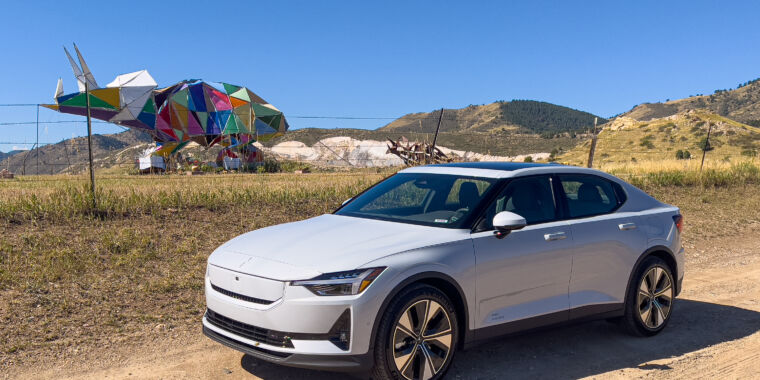Jonathan Gitlin
DENVER—A car’s midlife refresh is, more often than not, a mostly cosmetic affair—new light clusters or a changed front fascia, perhaps a new interior. Truth be told, the styling tweaks to the model year 2024 Polestar 2 are subtle—you might notice new wheel designs, and the ersatz front grille has been replaced with a body-colored panel. Instead, Polestar concentrated on tweaking the bits you can’t see, making the car more efficient and, in the case of the cheaper, single-motor version, a lot more fun to drive, too.
When Polestar first launched the Polestar 2 in 2020, it did so with a dual-motor all-wheel drive version, followed by a more affordable single-motor model. Although the more expensive, more powerful version was faster, as is often the case with electric vehicles, I found the supposedly lesser car the one to go for. It’s this version that has had the most attention paid to it in the refresh, most notably the fact that its single motor now powers the rear wheels, not the front.
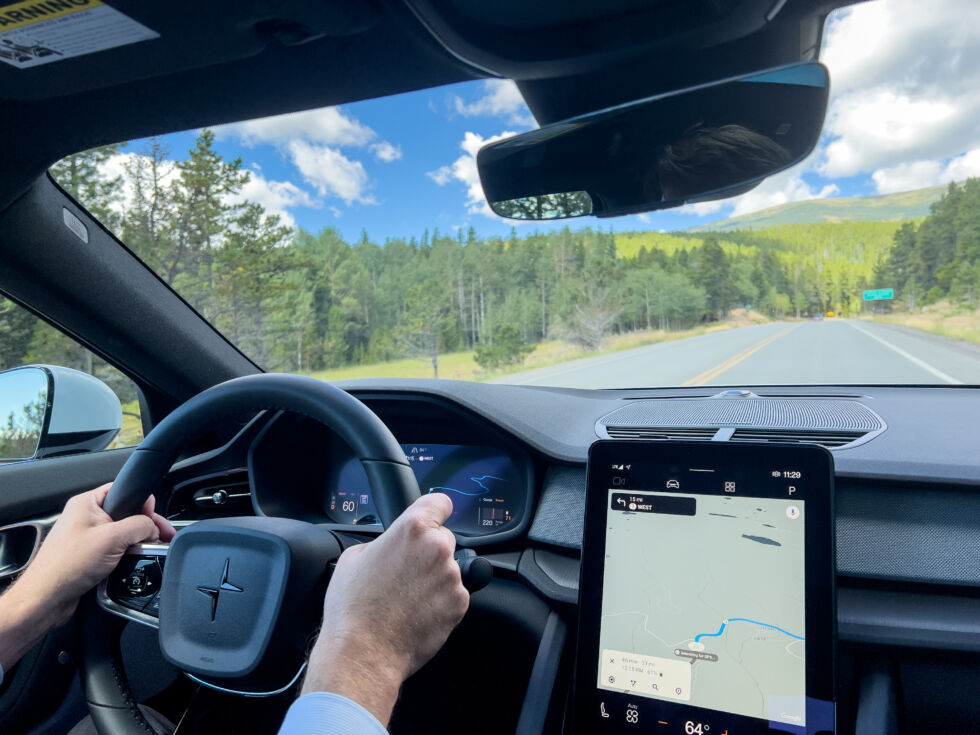
Jonathan Gitlin
Polestar has developed a new electric motor that’s significantly more powerful than the one it replaces, outputting 299 hp (220 kW) and 361 lb-ft (490 Nm). That’s a 29 percent boost in power and 48 percent more torque than the previous single-motor model.
There’s a new, more efficient silicon carbide inverter to go with the new motor, and the car also gets a new battery pack. This has a 79 kWh ( 82 kWh gross) capacity and uses the same battery chemistry as the pack used in the dual-motor Polestar 2, but it can now charge at up to 205 kW rather than 155 kW. And a larger battery plus a more efficient motor and inverter mean more range—up to 320 miles (515 km) on the EPA test cycle.
At $49,900, the 2024 single motor Polestar 2 is a little more than last year’s front-wheel drive model, but Polestar has cut $2,000 from the price of the plus pack—which includes a better sound system, a panoramic roof, a heat pump, and some interior trim upgrades.
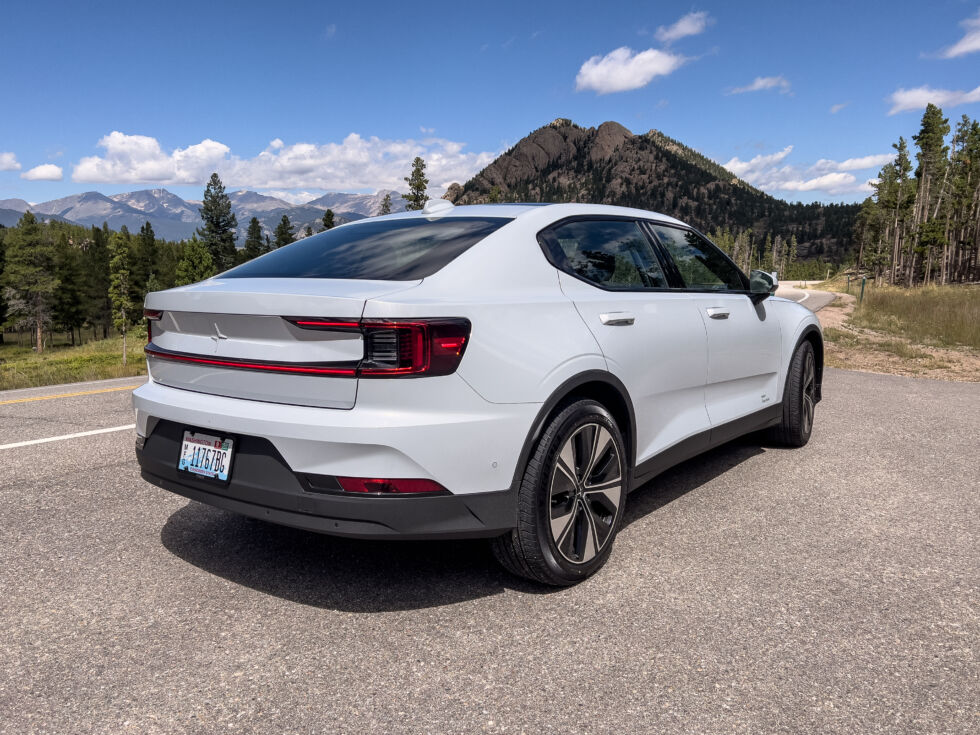
Jonathan Gitlin
On the streets of Denver and cruising on the highway, you’d be hard-pressed to tell much difference between driving last year’s car and this year’s. Venture out into the mountains, however, and while you’re at it, press the icon that relaxes the stability control. Here, it’s immediately apparent this is now more of a driver’s car. With less weight at the front axle, the steering response is improved, and there’s more than enough power to provoke the rear wheels into a little slide on the exit of a hairpin, should you choose to do so.
In fact, I’ll go so far as to say this might be the best-driving Polestar yet, despite strong competition from the more expensive Polestar 2 BST Edition 270 or the now-retired Polestar 1. When you add the longer range and faster charging, I’m even more convinced that the entry-level Polestar 2 is also the pick of the bunch.
The $55,300 dual-motor Polestar 2 also gets the new rear motor and inverter in place of the previous equipment, which biases the power delivery rearward. Peak power and torque is 421 hp (310 kW) and 546 lb-ft (740 Nm). The front motor can now be decoupled while driving for better efficiency, and together with the new, more efficient rear drive unit, range has increased by 16 miles (25 km) to 276 miles (444 km).
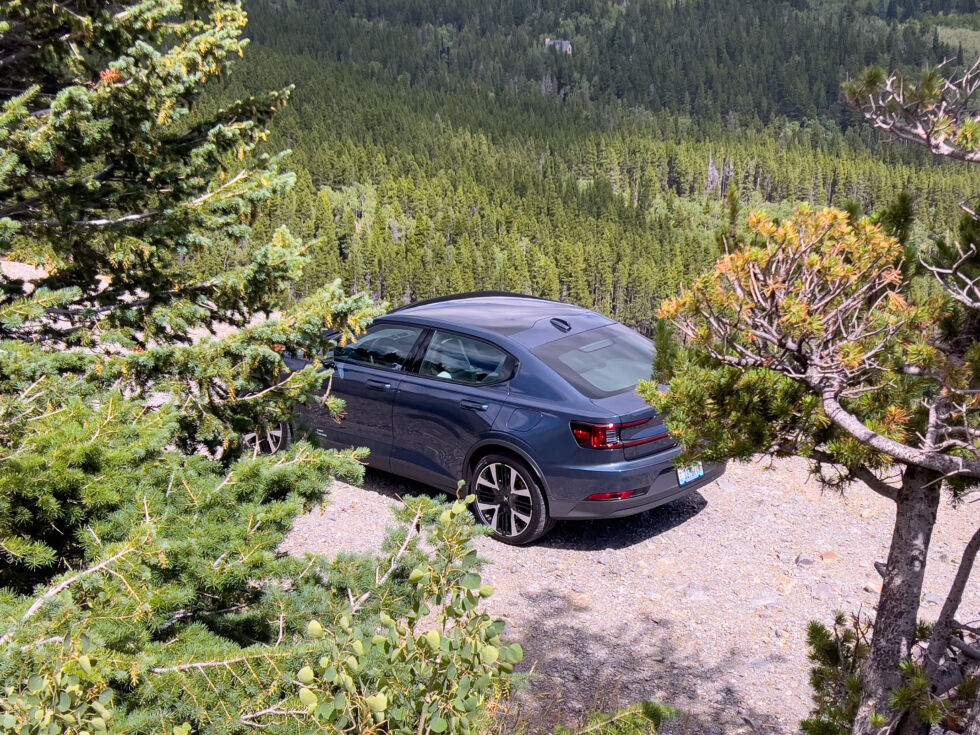
Jonathan Gitlin
But the dual-motor Polestar 2s keep the same 75 kWh (78 kWh gross) battery as we’ve encountered before. That will fast-charge at a maximum of 155 kW, and it does mean that, compared to the rear-wheel drive car, the AWD version has much less of the one thing EV customers really seem to care about: range.
Opt for the $5,500 performance pack, and peak power increases to 455 hp (335 kW), but with a corresponding loss of range due to the summer tires, down to 247 miles (397 km). This also adds rather clever Öhlins DFV dampers.
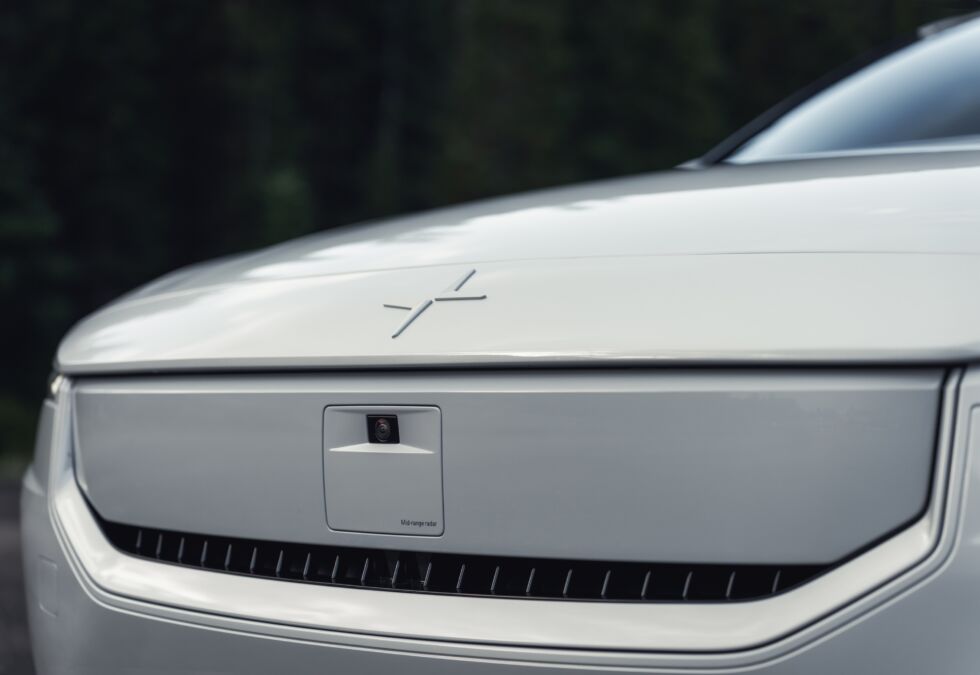
Polestar
Unfortunately, we didn’t drive a complete loop in either variant, so it’s impossible to comment on real-world energy efficiency considering the elevation changes.
The dual-motor Polestar 2 remains a competent EV to drive, and even without the performance pack, it’s almost 1.5 seconds faster to 60 mph than its single-motor sibling. The simple fact it has all-wheel drive will probably be enough to sway most buyers—Polestar says 70 percent of its customers in the US have done that so far. You definitely notice the extra pep, but the driving experience is never anything other than supremely sure-footed, no matter if you turn down the electronic nanny or otherwise try to provoke it.
Not that people buying the more expensive one should feel short-changed, but our advice is to strongly consider the single-motor model—some good snow tires should compensate for a lack of AWD in winter.


